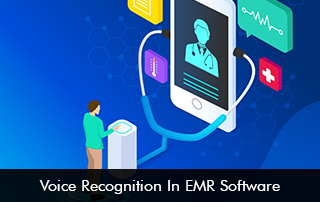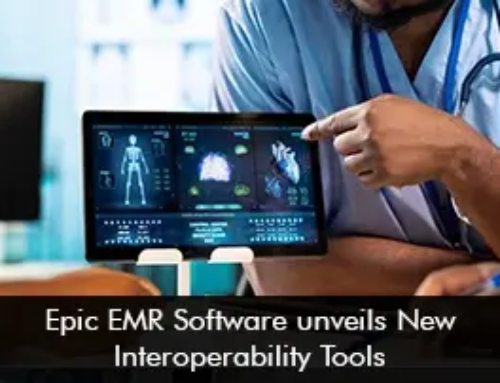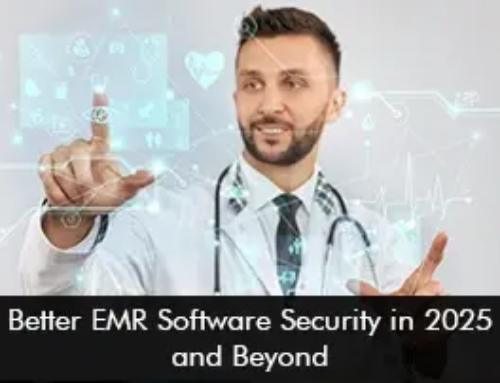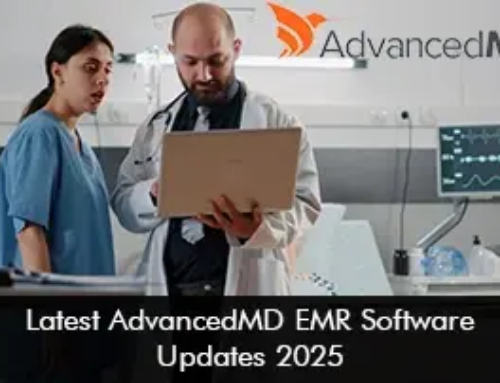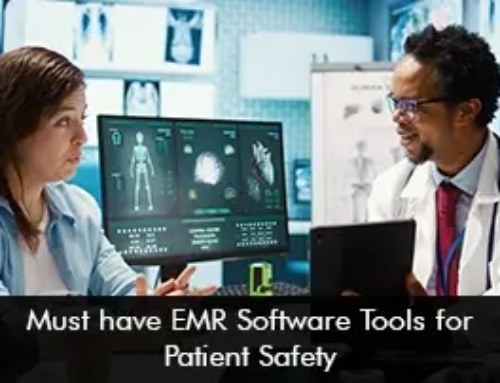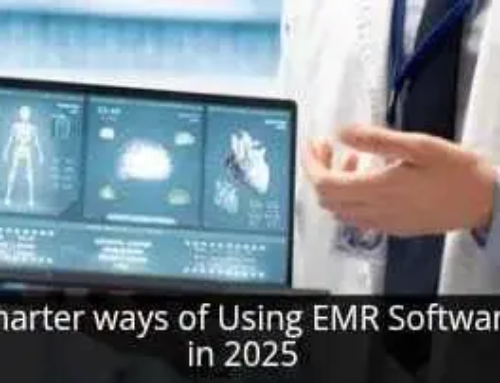EMR Software has transformed healthcare by digitizing patient records, improving accuracy, and streamlining workflows. One of the most exciting advancements in EMR technology is voice recognition, which allows healthcare providers to dictate notes, update records, and retrieve information hands-free.
In this blog, we’ll explore how voice recognition enhances Electronic Medical Record (EMR) software, its benefits, challenges, and future potential in modern healthcare.
How Voice Recognition Works in EMR Software
Voice recognition technology converts spoken words into digital text, enabling seamless documentation within EMR systems. Here’s how it integrates into healthcare workflows:
1. Speech-to-Text Conversion – Advanced algorithms process spoken language, transcribing it into written notes in real time. This eliminates the need for manual typing, saving time and reducing errors.
2. Natural Language Processing (NLP) – NLP helps EMR software understand context, medical terminology, and abbreviations, ensuring accurate documentation.
3. Integration with EMR Platforms – Voice recognition tools sync directly with EMR software, allowing physicians to update patient records, order tests, and prescribe medications using voice commands.
Key Benefits
Adopting voice recognition in EMR software offers numerous advantages for healthcare providers and patients alike.
1. Improved Efficiency & Time Savings – Doctors spend less time typing and more time with patients. Voice dictation speeds up charting, reducing documentation time by up to 50%.
2. Enhanced Accuracy & Reduced Errors – Manual data entry can lead to mistakes. Voice recognition minimizes typos and ensures precise medical records, improving patient safety.
3. Hands-Free Operation – Surgeons, radiologists, and busy clinicians can access EMR data without touching a keyboard, maintaining sterility and workflow efficiency.
4. Better Patient Engagement – With faster documentation, doctors can focus more on patient interactions, leading to improved care and satisfaction.
5. Cost-Effective Solution – Reducing administrative burdens lowers operational costs, making voice recognition a smart investment for healthcare facilities.
Challenges
While the benefits are substantial, some challenges remain:
1. Accents & Speech Variations – Voice recognition may struggle with diverse accents or fast speech, requiring training for optimal accuracy.
2. Background Noise Interference – Noisy hospital environments can affect transcription quality, necessitating noise-canceling microphones.
3. Security & Privacy Concerns – Since EMR software handles sensitive data, ensuring HIPAA-compliant voice recognition tools is crucial.
4. Learning Curve – Some clinicians may need time to adapt to voice commands, requiring training and practice.
Best Practices for Implementing Voice Recognition in EMR Software
To maximize the benefits of voice recognition, healthcare organizations should follow these best practices:
1. Choose the Right EMR Software – Select an EMR platform with built-in voice recognition or seamless third-party integration (e.g., Nuance Dragon Medical, M*Modal).
2. Train the System & Users – Customize the software to recognize medical terms and provider speech patterns for better accuracy.
3. Ensure HIPAA Compliance – Use encrypted, secure voice recognition tools to protect patient data.
4. Optimize the Environment – Reduce background noise and use high-quality microphones for clearer dictation.
5. Monitor & Improve – Regularly review transcriptions for errors and refine the system as needed.
The Future of Voice Recognition in EMR Software
Voice recognition is evolving rapidly, with AI and machine learning driving innovation. Future trends include:
1. AI-Powered Predictive Documentation – EMR software may soon anticipate physician notes based on speech patterns and patient history.
2. Multilingual Support – Expanding language options will make voice recognition more accessible globally.
3. Voice-Enabled Virtual Assistants – Doctors could use voice commands to retrieve patient histories, lab results, and treatment guidelines instantly.
4. Integration with Wearable Devices – Voice-activated EMR updates via smartwatches or other wearables could further streamline workflows.
Conclusion
Voice recognition in EMR software is revolutionizing healthcare documentation, offering speed, accuracy, and convenience. While challenges like accents and security exist, advancements in AI and NLP continue to enhance this technology.
As healthcare evolves, adopting voice-enabled EMR systems will be key to improving efficiency, reducing burnout, and delivering better patient care.
Is your practice ready to embrace voice recognition in EMR software? The future of healthcare documentation is just a voice command away!


